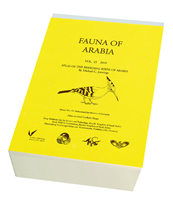
Publisher: KACST, SWC & Senckenberg, Switzerland
Publication Year: 2010
Binding: 1
Page Count: 751
ISBN Number: 978-3-9299-0783-4
Price: £103.00
Atlas of the Breeding Birds of Arabia (Fauna of Arabia Volume 25)
The Arabian peninsula lies in an enviable position at the crossroads of three bio-geographical regions, and also acts as a magnet and funnel to migrating birds throughout much of the year. Add to this a significant number of endemic species and the perhaps surprising diversity of habitats, and the result is an amazing area for many birds. Historically the whole peninsula has had a very low human density, allowing wildlife to thrive in the delicate and generally arid environment. In the last 50 years or so much of Arabia has seen a massive increase in numbers of humans, alongside their grazing animals, a conversion of huge areas from desert to irrigated farm and, most of all, the rapid development of usually coastal areas with modern urban infrastructure and buildings. Wildlife has come fairly low down the list of priorities during these developments, but luckily the potential problem has been recognised and conservation is becoming an ever more important feature, although more so in some countries than others. This timely Atlas acts as a vital baseline for bird conservation in the area, and represents a truly massive undertaking on the part of the author, who completed many of the surveys himself, over a period of 25 years. Some areas are well-known to visiting birders, but away from these hot-spots much of the peninsula is difficult to survey both due to political problems and, more often, the sheer remoteness and harsh environment. An authoritative introduction covers the critical topics, such as habitats, history of ornithology in the peninsula, endemic birds, introduced birds and species richness. A series of lovely photographs of some of the special and characteristic birds precede the main body of the book, the species accounts which show 273 species breeding, and another 24 for which there is strong evidence of breeding. Each detailed account is accompanied by a line drawing and distribution map showing the now-expected level of breeding evidence as well as historical data. A tour de force.
Book reviewed by Su Gough
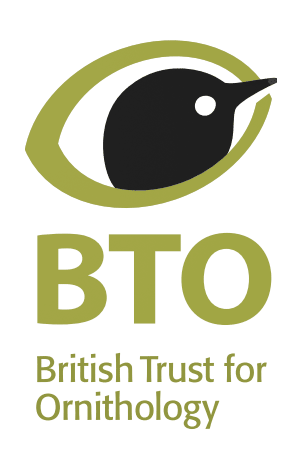
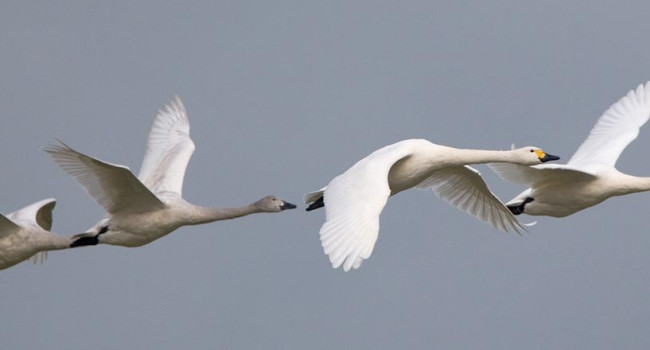
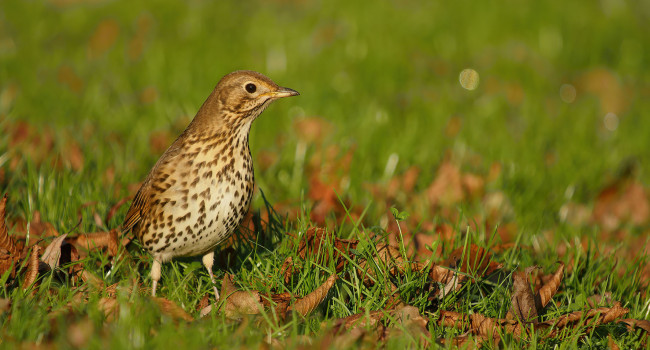
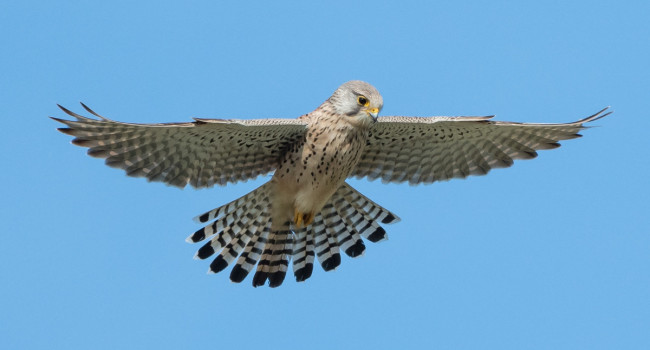

Share this page